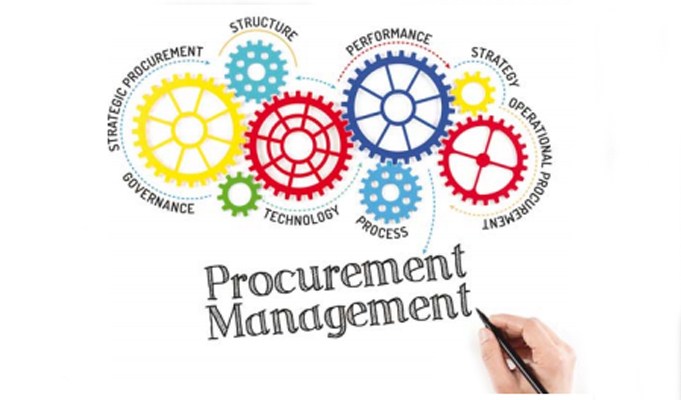Firstly, to optimize a Supply Chain one must be clear in defining it and understanding its intricacies.
Secondly one must clearly understand the Goals and Purpose of the Supply Chain, on essence its Mandate.
Thirdly, Vision and Mission, create one, you will need it! You must understand that Supply Chains are dynamic mechanisms that require intense Systems Thinking Acumen. Systems Thinking is a methodology of Strategic Thinking in which one envisions the desired outcome, then works holistically backward, to create strategies to realize one’s vision.
Once the above items are identified and understood the following actions must take place:
1.) Leverage the creation of a Strategic Supply Chain Plan such as the following:
The above Hoshin Strategic Plan assigns People, Metrics, Targets to a clearly Articulated Purpose
2.) Leverage Operations Research which will focus on the understanding of the interaction of the following components:
- Process variables
- People variables
- Materials variables
- Layout variables
- Network variables
- Metrics variables
- Machines variables
- Technology variables
Operations Research is based on Systems Thinking, or the interaction of the above components to achieve a Desired Outcome or Mission Articulated in the prior table.
The primary outcome of Operations Research is to determine the appropriate Systems Settings or how to regulate and configure the above variables to achieve a certain Supply Chain Outcome or Mission.
3.) Leverage some of the following Tools to understand your Supply Chain:
Design of Experiments, Predictive Analytics, Prescriptive Analytics, Descriptive Analytics, Spaghetti Analysis, SIPOC Models, Value Stream Mapping, Time and Motion Audits, Network Diagram Analysis, Critical Path Analysis, Chi Square, Hypothesis Testing, Control Charting
Example: Value Stream Mapping
4.) Leverage Technology and Human Capital Assets. Think blockchain, Artificial Intelligence, RFID.
Get More info about Essential Procurement Skills

 Log in with Facebook
Log in with Facebook 






